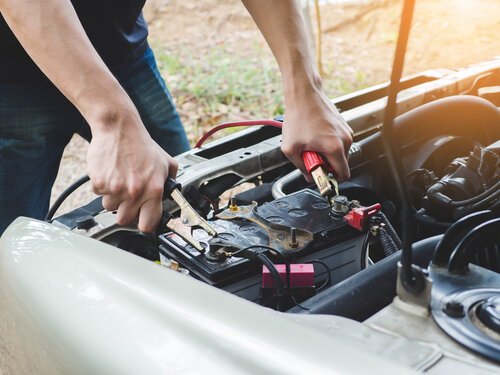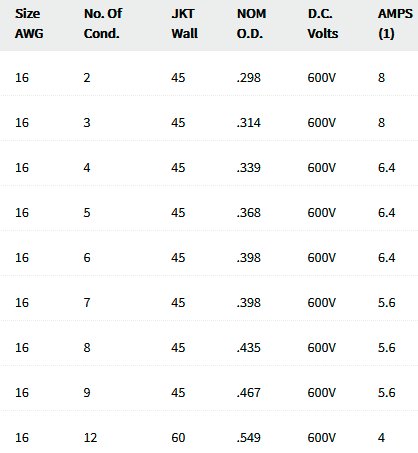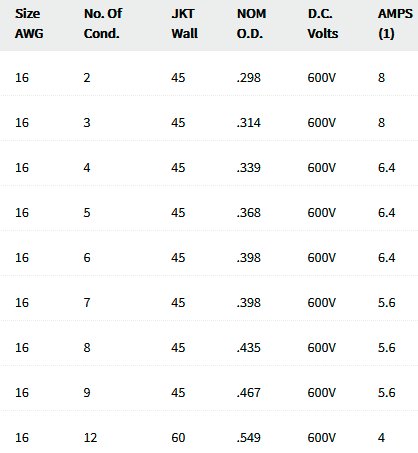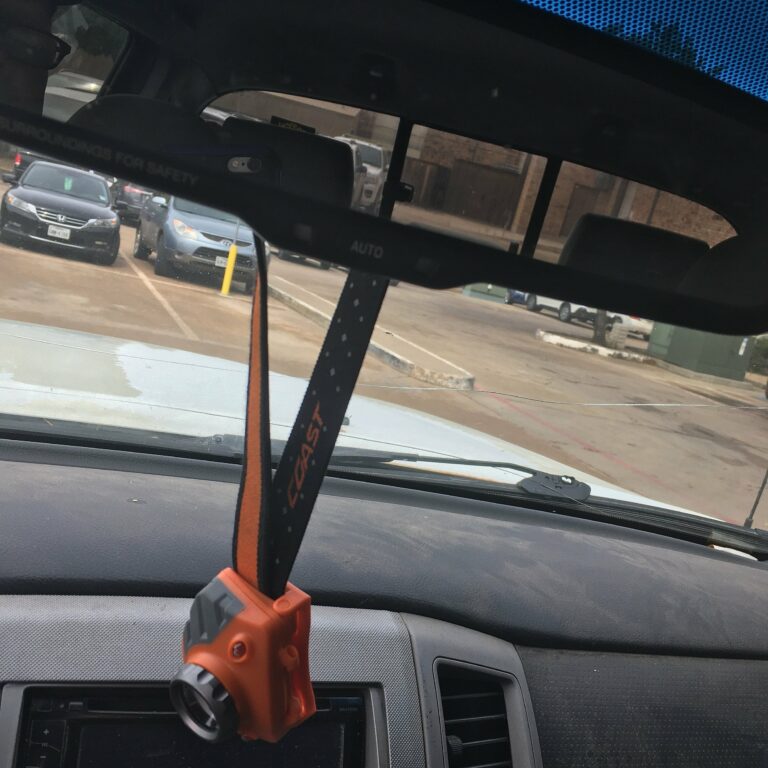How to Make Car Speakers Louder with an Amp
Today we discuss How to Make Car Speakers Louder with an Amp. Look no further than a simple yet powerful solution: using an amplifier to make your car speakers louder. So, how to make car speakers louder with an amp?
In this article, we will guide you through some effective techniques and practical tips to enhance your audio experience on the road. From understanding the basics of amplifiers to optimizing their settings, we’ve got you covered. Get ready to turn up the volume and enjoy your favorite tunes like never before. Let’s dive in!
How to Make Car Speakers Louder with an Amp
When it comes to enhancing your car audio experience, a powerful amplifier can make a significant difference in the loudness and overall sound quality of your car speakers. Adding an amp to your car audio system allows you to boost the power and volume, resulting in a more immersive and enjoyable listening experience.
In this comprehensive guide, we will explore various methods and techniques that can help you make your car speakers louder using an amplifier. From understanding the importance of amplifiers to selecting the right one for your needs and installing it correctly, we will cover everything you need to know to optimize your car audio system. So, let’s dive in and unleash the full potential of your car speakers!
Understanding the Importance of Amplifiers
Before we delve into the technical aspects of making your car speakers louder with an amplifier, it is essential to understand why amplifiers play a crucial role in improving audio performance. Here are some key points to consider:
1. Amplifiers increase power: Car audio amplifiers increase the electrical signals received from the head unit, boosting the power sent to the speakers. This extra power allows the speakers to produce louder and more dynamic sound.
2. Enhanced audio quality: Amplifiers not only increase the volume but also improve the overall audio quality. With a dedicated amplifier, you can expect clearer, more detailed sound reproduction across all frequencies.
3. Reduced distortion: By providing more power to the speakers, amplifiers help minimize distortion, especially at higher volume levels. This ensures that your music stays clean and distortion-free, even at louder volumes.
Selecting the Right Amplifier
In this section, we will discuss the key factors you should consider when selecting an amplifier for your car audio system. Choosing the right amplifier ensures compatibility and optimal performance. Here are some important considerations:
1. Power rating: The power output of an amplifier is measured in watts. Look for an amplifier that matches the power handling capabilities of your speakers to avoid damaging them. Ensure that the amplifier’s RMS power rating matches or slightly exceeds the RMS power handling of your speakers.
2. Number of channels: Amplifiers come in various configurations, including mono, 2-channel, 4-channel, and more. Determine the number of channels you need based on your speaker setup. For example, a 2-channel amplifier is suitable for powering a pair of speakers, while a 4-channel amp can accommodate a complete speaker system with front and rear speakers.
3. Amplifier class: There are different amplifier classes, such as Class A, Class AB, Class D, and Class H, each with its advantages and disadvantages. Class D amplifiers, for instance, are known for their high efficiency and compact size, making them ideal for car audio installations.
4. Size and compatibility: Consider the physical size of the amplifier and ensure it fits in your car’s available space. Additionally, check compatibility with your vehicle’s electrical system, as some amplifiers may require additional wiring or modifications.
Installing the Amplifier
Proper installation of the amplifier is crucial for achieving optimal performance and ensuring the longevity of your car audio system. Here is a step-by-step guide to help you install the amplifier correctly:
1. Gather the necessary tools: Before you begin the installation, gather the required tools, including wire cutters, wire strippers, a screwdriver, crimping tools, and electrical tape. Also, ensure you have the appropriate wiring kit for your amplifier.
2. Disconnect the battery: Start by disconnecting the negative terminal of the car battery to prevent any electrical mishaps during the installation process.
3. Mount the amplifier: Select a suitable location to mount the amplifier, ensuring it is secure and well-ventilated. Follow the manufacturer’s instructions for proper mounting.
4. Connect the power wire: Run the power wire from the battery to the amplifier, ensuring it is properly fused near the battery terminal. Use appropriate grommets when passing the wire through metal panels to prevent any damage.
5. Ground the amplifier: Find a metal point close to the amplifier to serve as the ground connection. Remove any paint or rust from the grounding point using sandpaper or a wire brush, ensuring a solid metal-to-metal connection.
6. Wire the speakers: Connect the speaker wires from the amplifier to the corresponding speakers, ensuring a secure and proper connection. Use appropriate connectors or solder the wires for a reliable connection.
7. Connect the RCA cables: Run the RCA cables from the head unit to the amplifier. These cables transmit the audio signals from the head unit to the amplifier and should be routed away from power wires to avoid interference.
8. Wire the remote turn-on lead: Connect the remote turn-on lead from the head unit to the amplifier. This wire is responsible for turning the amplifier on and off with the head unit.
9. Double-check the connections: Before reconnecting the car battery, double-check all the connections to ensure they are secure and properly insulated. Any loose or exposed wiring can lead to performance issues or electrical problems.
10. Reconnect the battery: Once you have verified all the connections, reconnect the negative terminal of the car battery.
Adjusting the Amplifier Settings
After installing the amplifier, it is essential to optimize its settings to achieve the desired sound quality and loudness. Here are some key settings you should consider:
1. Gain control: The gain control on the amplifier determines the input sensitivity and the overall output volume. Adjust the gain properly to avoid distortion and ensure the amplifier receives the optimal signal from the head unit.
2. Crossover settings: Most amplifiers offer adjustable crossover settings, allowing you to customize the frequency range sent to the speakers. Set the crossover points based on the capabilities of your speakers and subwoofers to achieve a balanced sound.
3. Bass boost and equalization: Some amplifiers feature bass boost and equalization controls. These settings allow you to enhance the bass response or fine-tune the audio frequencies. Adjust these settings according to your preferences and the characteristics of your speakers.
Additional Tips for Louder Speakers
In addition to using an amplifier, here are some additional tips to maximize the loudness of your car speakers:
1. Upgrade speaker components: Consider upgrading your speakers with high-quality aftermarket options that can handle more power and produce louder sound.
2. Soundproof your car: Reduce external noise and enhance the overall sound quality by soundproofing your vehicle. This can minimize sound leakage and improve the loudness of your speakers.
3. Optimize speaker placement: Ensure proper speaker placement and alignment for optimal sound projection. Experiment with speaker positioning to find the best balance between sound quality and loudness.
4. Use speaker enclosures: Enclosing car speakers in speaker boxes or enclosures can improve bass response and overall volume by preventing sound waves from canceling each other out.
5. Upgrade your head unit: Consider upgrading your car’s head unit to a more powerful one with advanced audio processing capabilities. A high-quality head unit can provide cleaner, stronger signals to the amplifier, resulting in louder and better sound reproduction.
Maintenance and Care
To ensure the longevity and optimal performance of your amplifier and speakers, follow these maintenance tips:
1. Regularly inspect and clean connections: Periodically check all the connections, ensuring they are secure and free from dirt or corrosion. Clean the connectors if necessary.
2. Avoid excessive volume levels: While it may be tempting to push your car speakers to their limits, avoid prolonged listening at maximum volume levels as it may cause distortion or damage to the speakers.
3. Keep the amplifier ventilated: Ensure proper ventilation for the amplifier to prevent overheating. Avoid covering or blocking the amplifier, especially during long drives.
4. Protect the amplifier from moisture: Moisture can damage the internal components of the amplifier. Avoid exposing it to excessive humidity or water, especially in areas prone to moisture accumulation.
Follow these maintenance practices to keep your car audio system operating at its peak performance for years to come.
Car Audio on a Budget? What should you upgrade first and last for YOUR SYSTEM?
Frequently Asked Questions
How can I make my car speakers louder with an amp?
To make your car speakers louder with an amp, you can follow these steps:
What type of amplifier is best for increasing the volume of car speakers?
The best type of amplifier for increasing the volume of car speakers is a mono or multichannel amplifier. Mono amps are ideal for powering subwoofers, while multichannel amps can power both the speakers and subwoofers simultaneously.
Do I need to upgrade my car speakers to make them louder with an amp?
While upgrading your car speakers can enhance their overall sound quality, it is not always necessary to make them louder with an amp. A properly installed amplifier can significantly increase the volume and clarity of your existing speakers.
Are there any specific settings on the amplifier that I should adjust?
Yes, there are a few settings on the amplifier that you should adjust to optimize the sound. These include gain control, crossover settings, and bass boost. Experimenting with these settings will help you achieve the desired loudness and sound quality.
What gauge of speaker wire should I use when connecting my amp?
When connecting your amp, it is recommended to use a thicker gauge of speaker wire, such as 14 or 16 gauge. Thicker wires can handle more power and ensure efficient transmission of audio signals, resulting in better sound quality and increased loudness.
Can I make my car speakers louder without installing an amp?
While an amplifier is the most effective way to boost the volume of car speakers, there are a few alternatives you can try. These include using a signal processor, adding a powered subwoofer, or installing a sound system with built-in amplification. However, these options may not provide the same level of loudness as a dedicated amplifier.
Can I damage my car speakers by making them louder with an amp?
If you follow the proper installation process and don’t exceed the power handling capabilities of your speakers, you should not damage them. It is important to match the amplifier’s power output to the speaker’s RMS rating and ensure a stable electrical connection to avoid any potential harm.
Final Thoughts
To summarize, increasing the volume and enhancing the performance of car speakers can be achieved by incorporating an amplifier into the audio system. By connecting the amplifier to the speakers, the signal strength is significantly boosted, resulting in louder and clearer sound. Additionally, adjusting the equalizer settings and ensuring proper installation and positioning of the speakers can further optimize the audio experience. So, if you want to make your car speakers louder with an amp, follow these steps to enhance your driving soundtrack.






